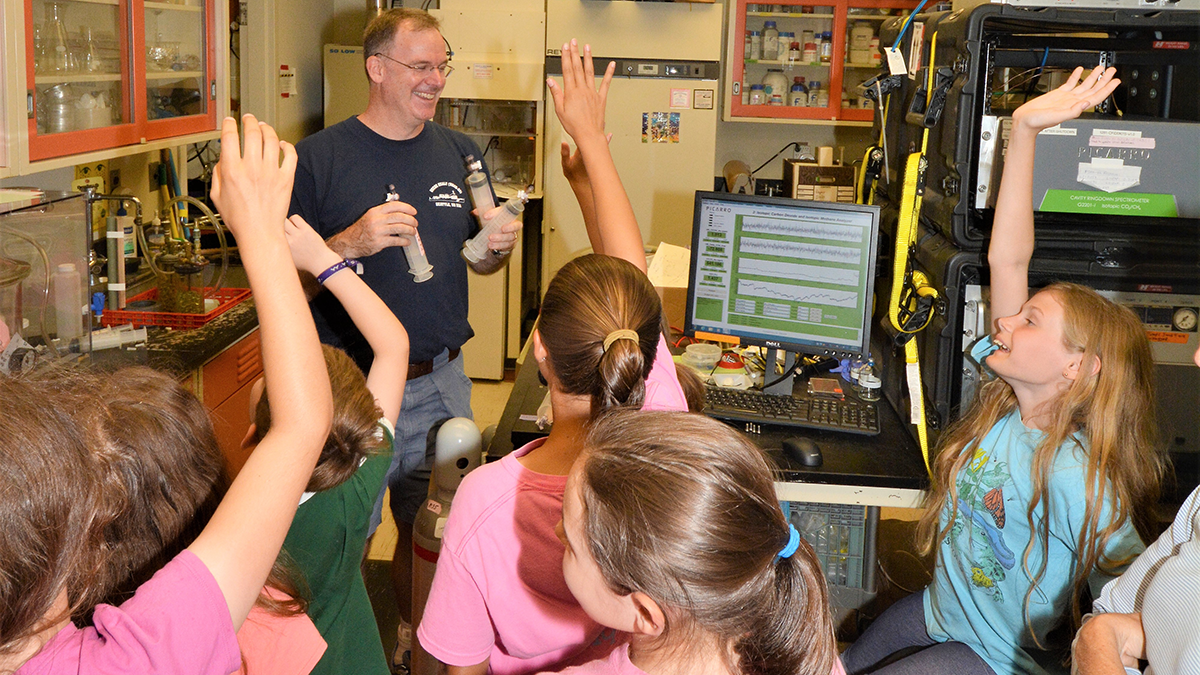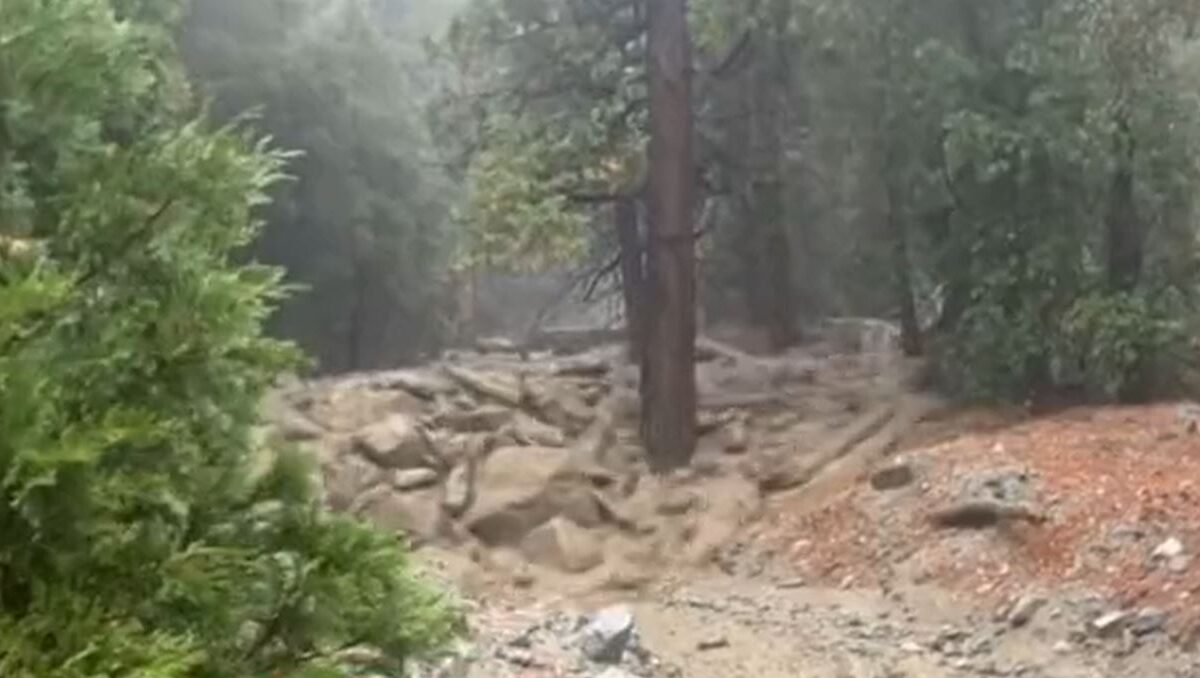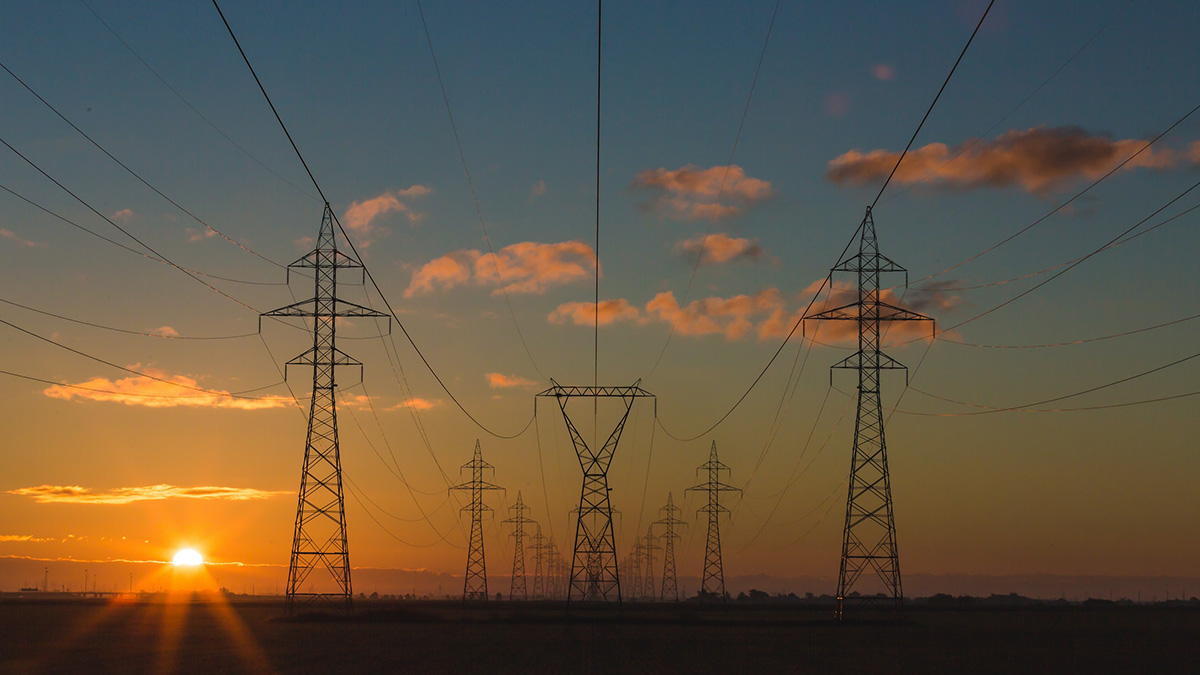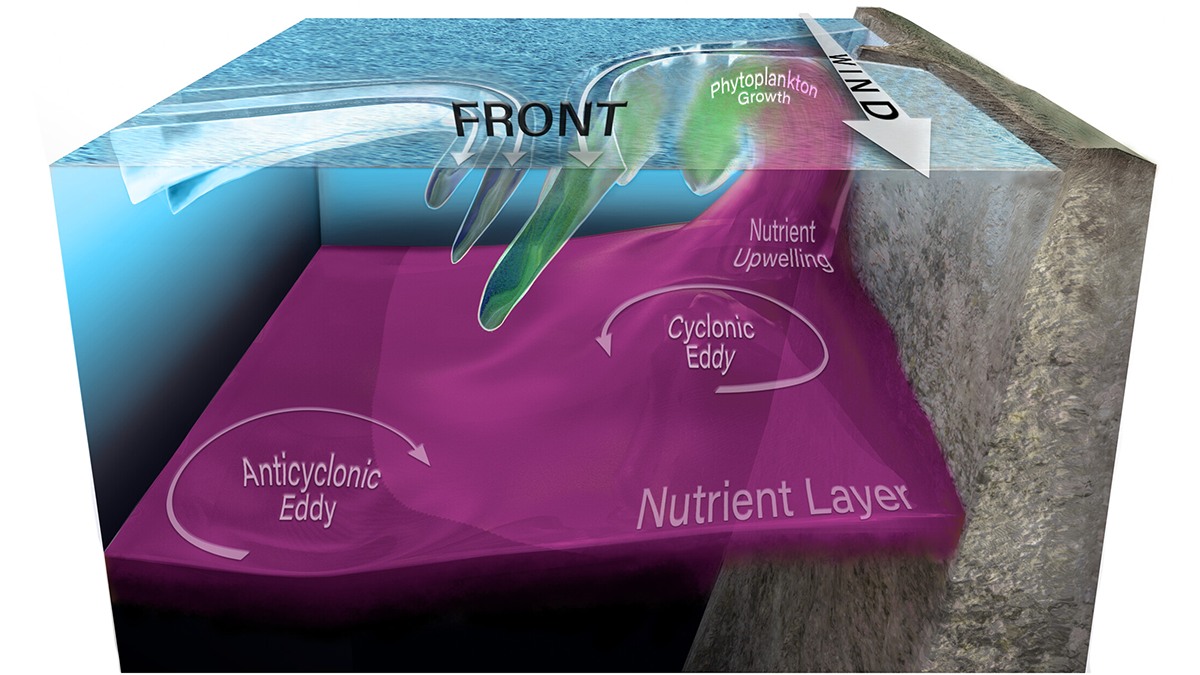When accompanied by a considerable amount of rainfall, ignition of wildfire by lightning over forested land may not be detected until days later.
United States
When It’s Too Hot for Fans
Electric fans keep vulnerable people cool in a warming world. But new research shows there are increasing numbers of hours when—and places where—using fans may be dangerous.
Diez ríos que enfrentan contaminación, desarrollo y cambio climático–Y las políticas que pueden ayudar
Reporte anual destaca 10 vías fluviales que han llegado a encrucijadas en las cuales el apoyo del público puede determinar si reciben protección.
One Solution to the Climate Crisis: Better High School Education
Integrating Earth and space science into high school biology, chemistry, and physics courses may be the best way to educate the public about climate science.
Mudslides and debris flows triggered by Storm Hilary
Videos of debris flows and mudflows from Storm Hilary.
A Holistic Approach to Hydropower Data
A new online platform offers comprehensive data and tools about U.S. hydropower assets, enabling data-driven decisionmaking at the energy–water nexus.
Lightning-Caused Wildfires are 80 Percent More Likely Under Dry Vegetation
Mimicking a randomized control trial of wildfires, scientists use satellites to uncover the key role of vegetation dryness in wildfire risk, aiding wildfire management and preparedness in California.
Summer Heat Waves Could Cause Blackouts Across the Country
Higher than normal temps could strain grids that are not used to unprecedented heat waves.
Pulses of Coastal Upwelling Generate Phytoplankton
Phytoplankton patches at an ocean front in the California Current System are found to originate from different coastal upwelling pulses.
In the Pacific Northwest, 2021 Was the Hottest Year in a Millennium
A 1,000-year temperature record shows unprecedented warming in the Pacific Northwest, and new modeling predicts the likelihood of future heat waves in the decades to come.










